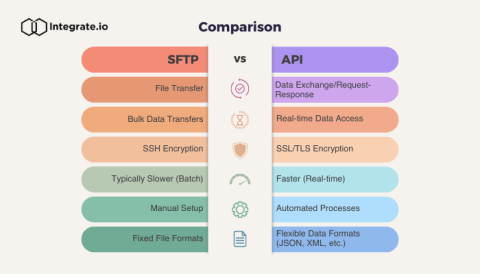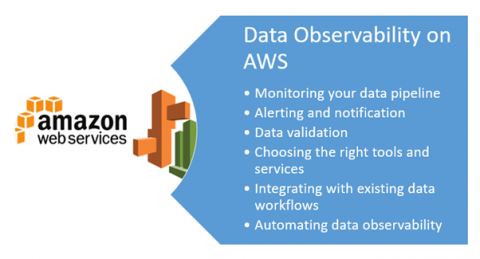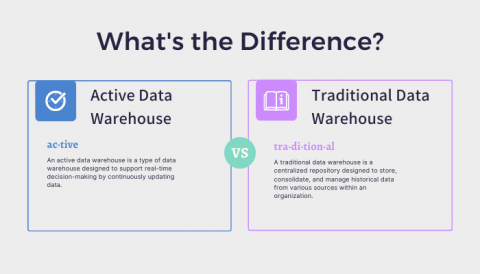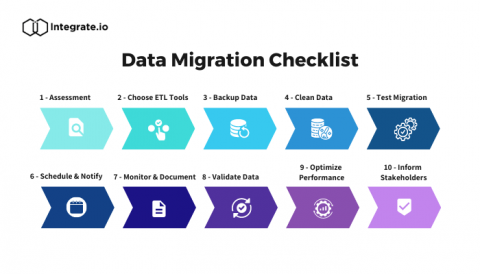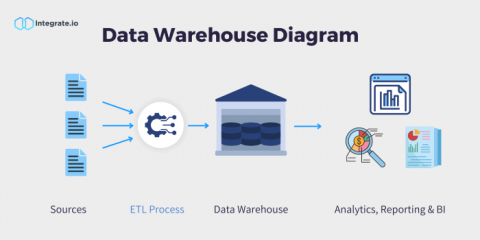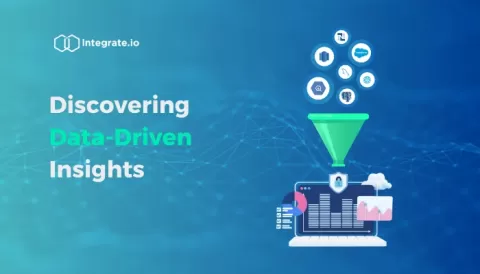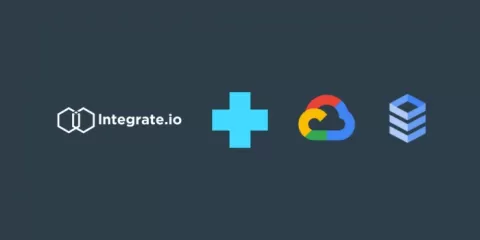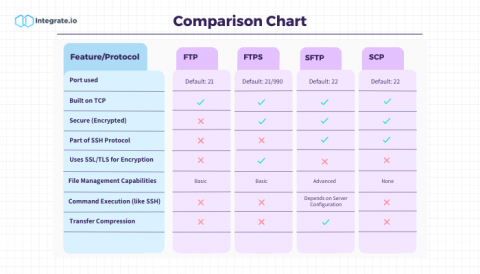SFTP vs. API: How to Determine Which Is Best for You
Data integration methods are critical for maintaining operational efficiency and a competitive edge as the digital world evolves. Two popular methods—Secure File Transfer Protocol (SFTP) and Application Programming Interfaces (APIs)—offer unique benefits depending on your needs.


